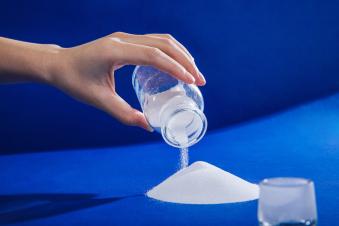1. Introduction
Polyethylene terephthalate (PET) is one of the world's most versatile and widely used thermoplastics. As the primary material for beverage bottles, food packaging, and synthetic fibers, PET combines excellent physical properties with recyclability. This article examines PET's key characteristics, processing methods, and diverse applications across industries.
2. Material Properties
Physical & Mechanical Properties
- High Strength-to-Weight Ratio: Tensile strength of 55-75 MPa
- Clarity: >90% light transmission (crystalline grades)
- Barrier Properties: Good CO₂/O₂ resistance (enhanced with coatings)
- Thermal Resistance: Serviceable up to 70°C (150°F) continuous
- Density: 1.38-1.40 g/cm³ (amorphous), 1.43 g/cm³ (crystalline)
Chemical Resistance
- Excellent resistance to water, alcohols, oils
- Moderate resistance to weak acids/bases
- Poor resistance to strong alkalis, some solvents
Environmental Profile
- Recycling Code: #1
- Hydrolysis Risk: Degrades at high temperatures/pH
- Recyclability: Can be reprocessed 7-10 times without major property loss
3. Processing Methods
| Method | Typical Applications | Key Considerations |
|---|---|---|
| Injection Stretch Blow Molding | Beverage bottles | Biaxial orientation improves strength |
| Extrusion | Films, sheets | Requires rapid cooling for clarity |
| Fiber Spinning | Textiles (polyester) | High-speed spinning at 280-300°C |
| Thermoforming | Food trays | Pre-drying essential (≤50 ppm moisture) |
4. Major Applications
Packaging (73% of global demand)
- Beverage Bottles: 500 billion units annually
- Food Containers: Microwavable trays, salad clamshells
- Pharmaceutical: Blister packs, medicine bottles
Textiles (22% demand)
- Polyester Fiber: Clothing, upholstery
- Technical Textiles: Seatbelts, conveyor belts
- Nonwovens: Geotextiles, filtration media
Emerging Uses (5% but growing)
- 3D Printing: High-strength filaments
- Electronics: Insulating films, capacitor components
- Renewable Energy: Solar panel backsheets
5. Sustainability Advancements
Recycling Technologies
- Mechanical Recycling (90% of recycled PET)
- Wash-flake-melt process
- Food-grade requires super-cleaning
- Chemical Recycling
- Glycolysis/depolymerization to monomers
- Emerging enzymatic processes
Bio-Based PET
- 30% plant-derived MEG components
- Coca-Cola's PlantBottle™ technology
- Current cost premium: 20-25%
6. Comparison with Alternative Plastics
| Property | PET | HDPE | PP | PLA |
|---|---|---|---|---|
| Clarity | Excellent | Opaque | Translucent | Good |
| Max Use Temp | 70°C | 80°C | 100°C | 55°C |
| Oxygen Barrier | Good | Poor | Moderate | Poor |
| Recycling Rate | 57% | 30% | 15% | <5% |
7. Future Outlook
PET continues to dominate single-use packaging while expanding into durable applications through:
- Enhanced barrier technologies (SiO₂ coatings, multilayer)
- Advanced recycling infrastructure (chemically recycled PET)
- Performance modifications (nano-composites, impact modifiers)
With its unique balance of performance, processability and recyclability, PET remains indispensable in the global plastics economy while transitioning toward circular production models.

Post time: Jul-21-2025


